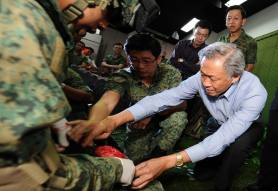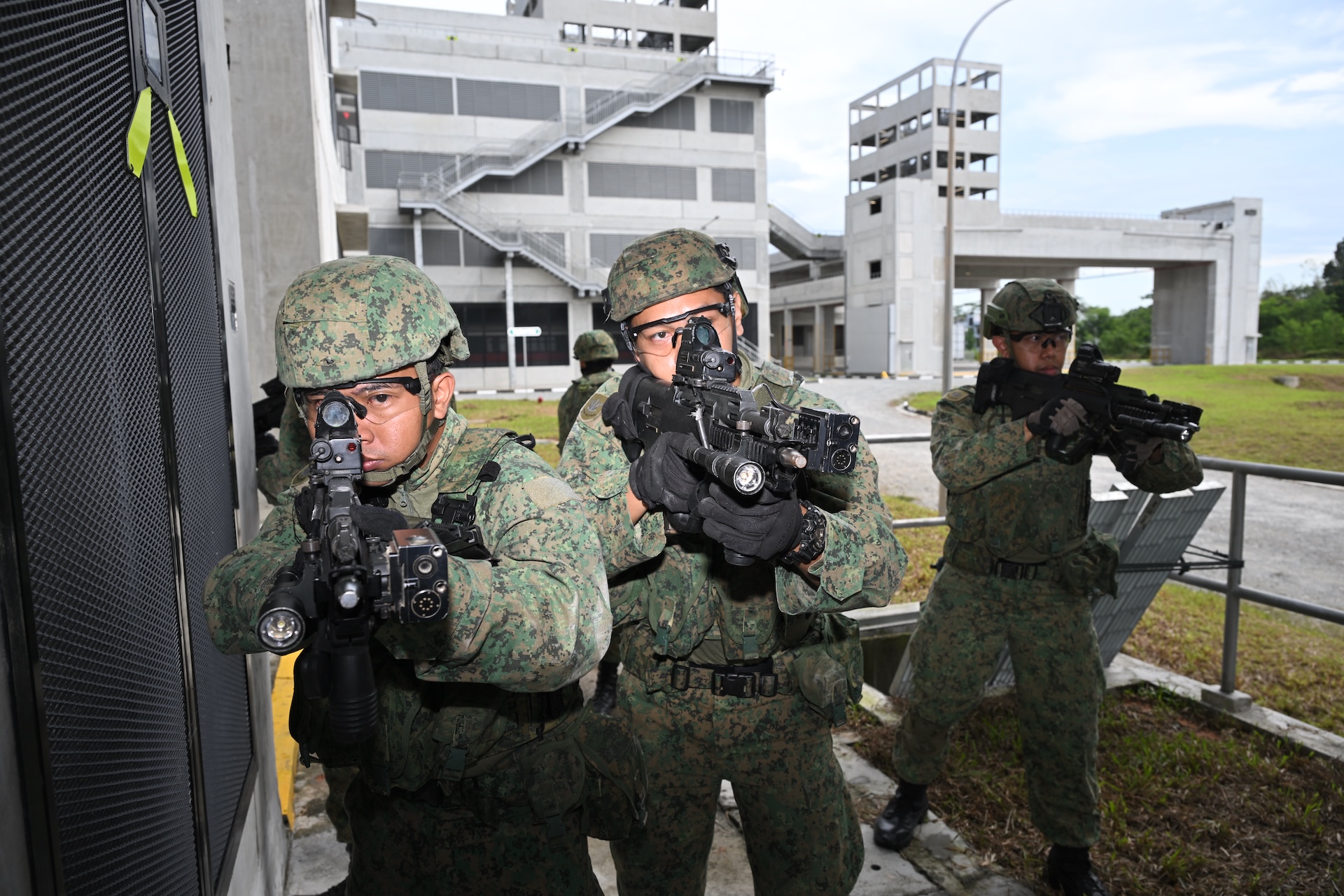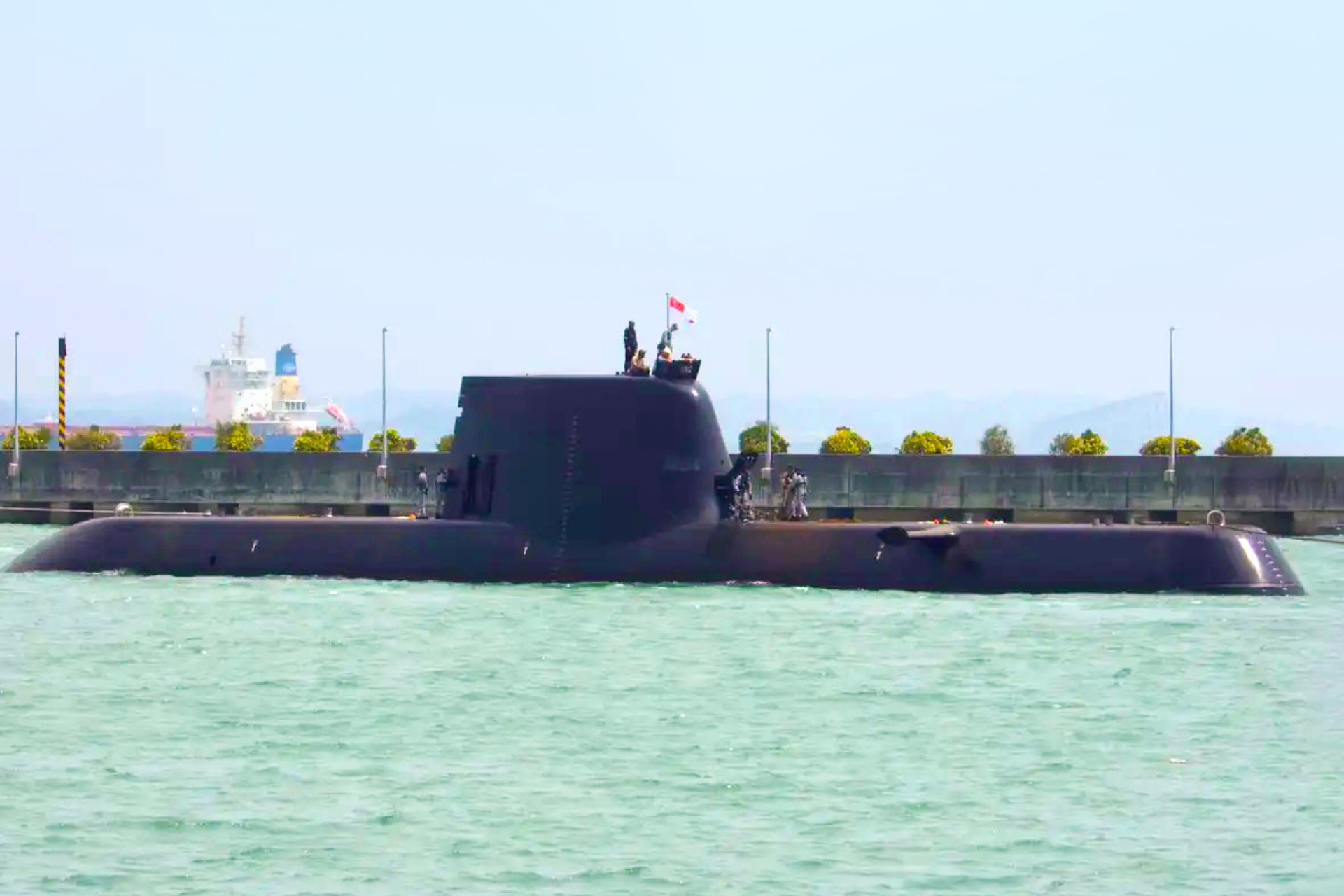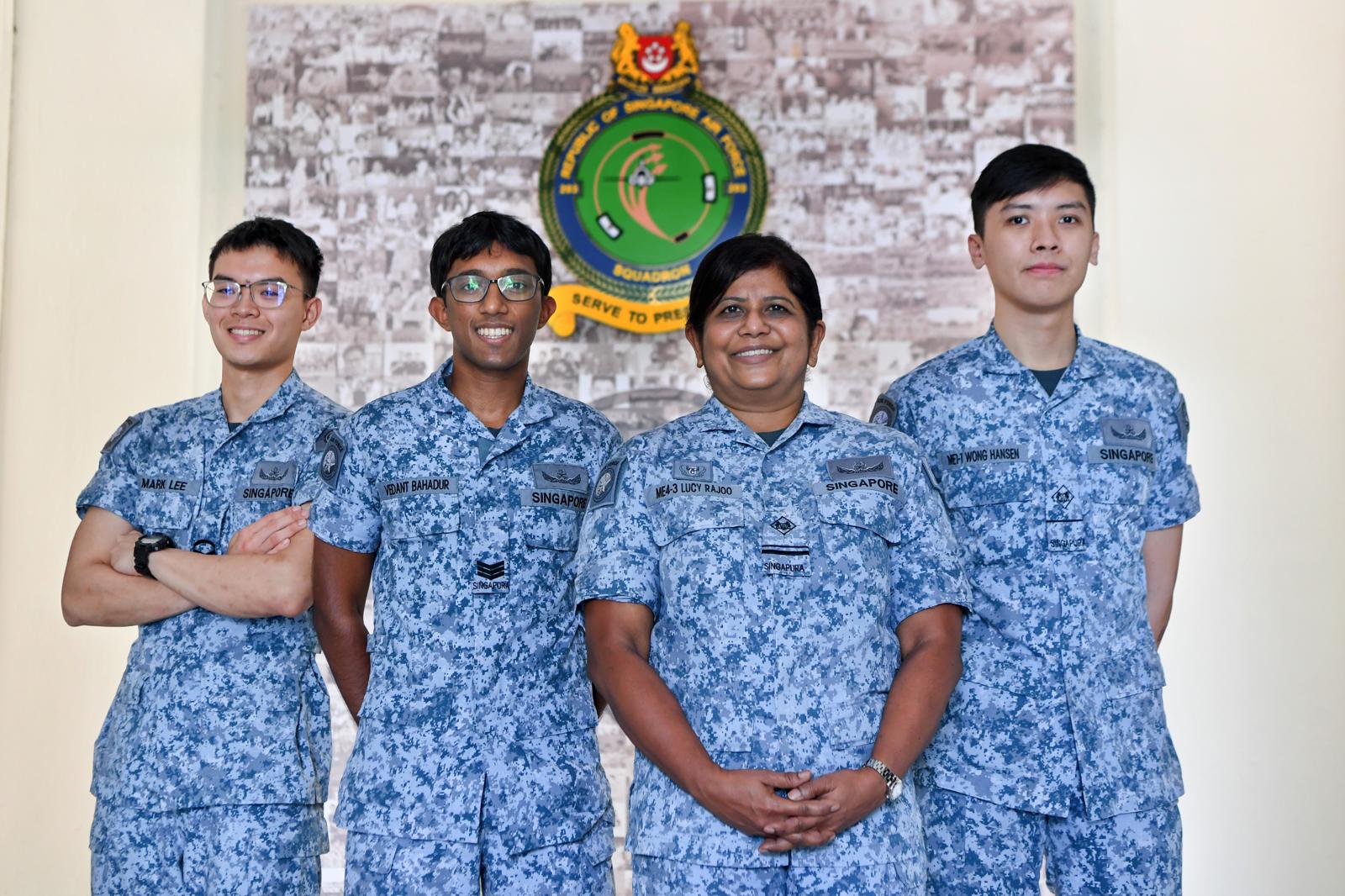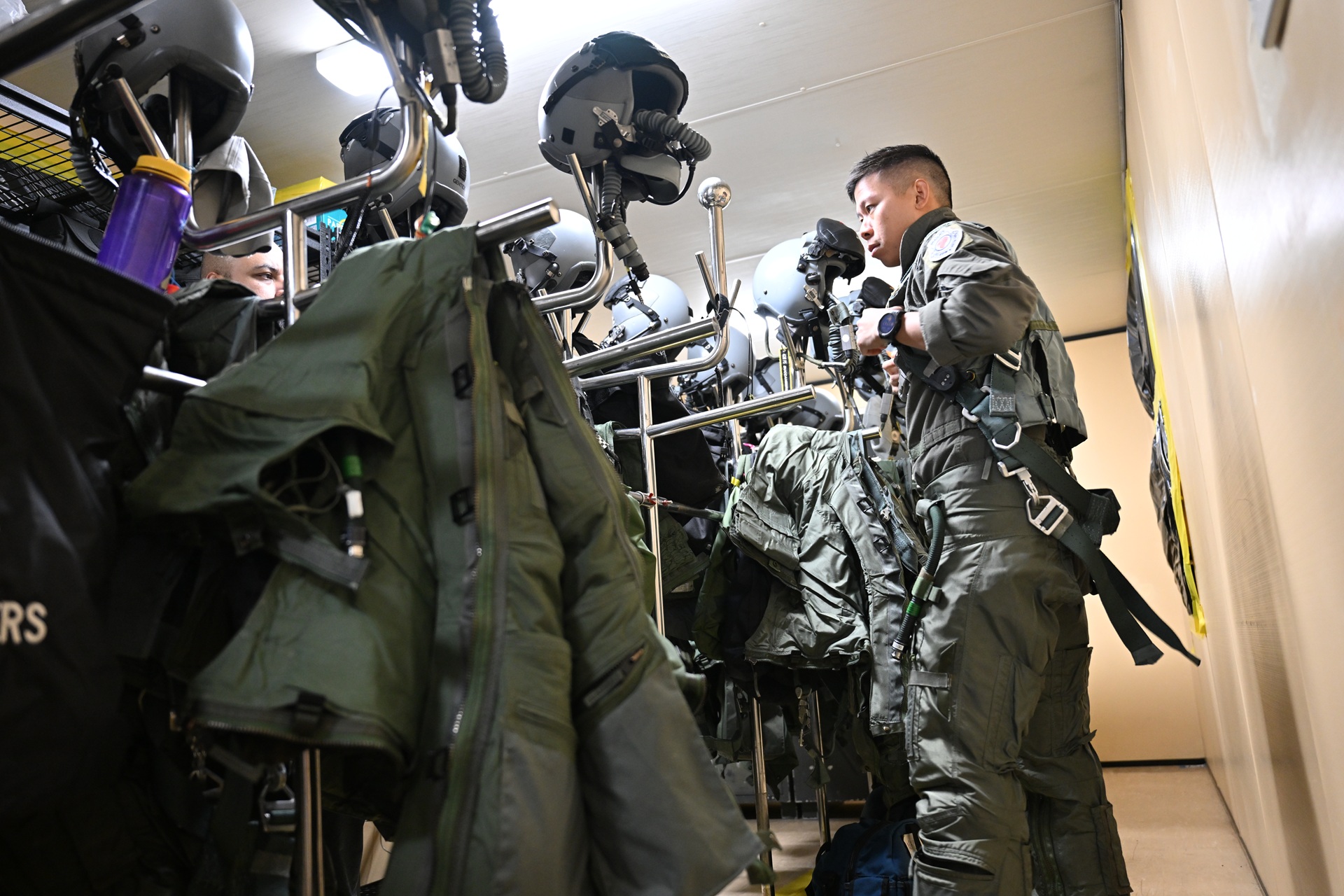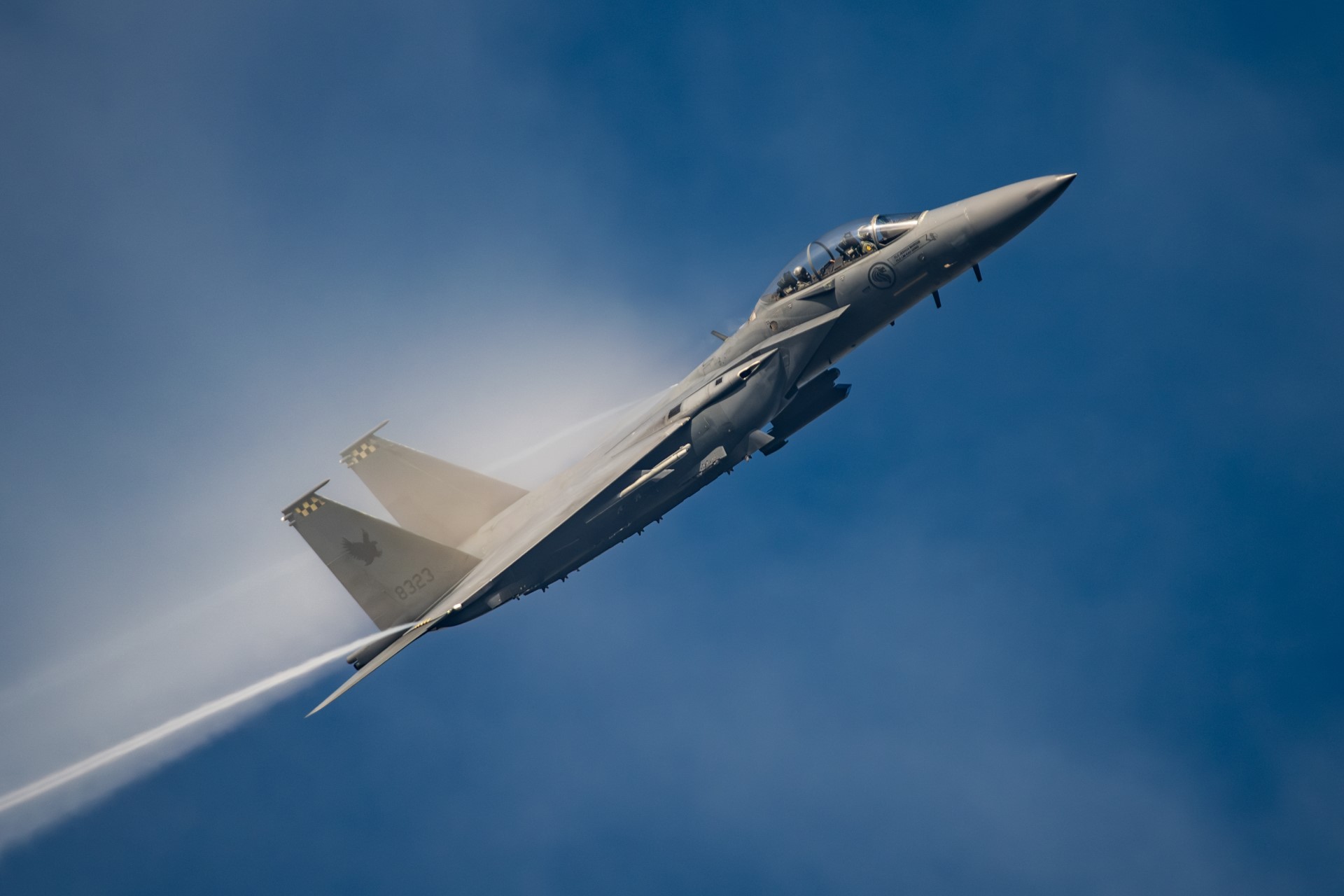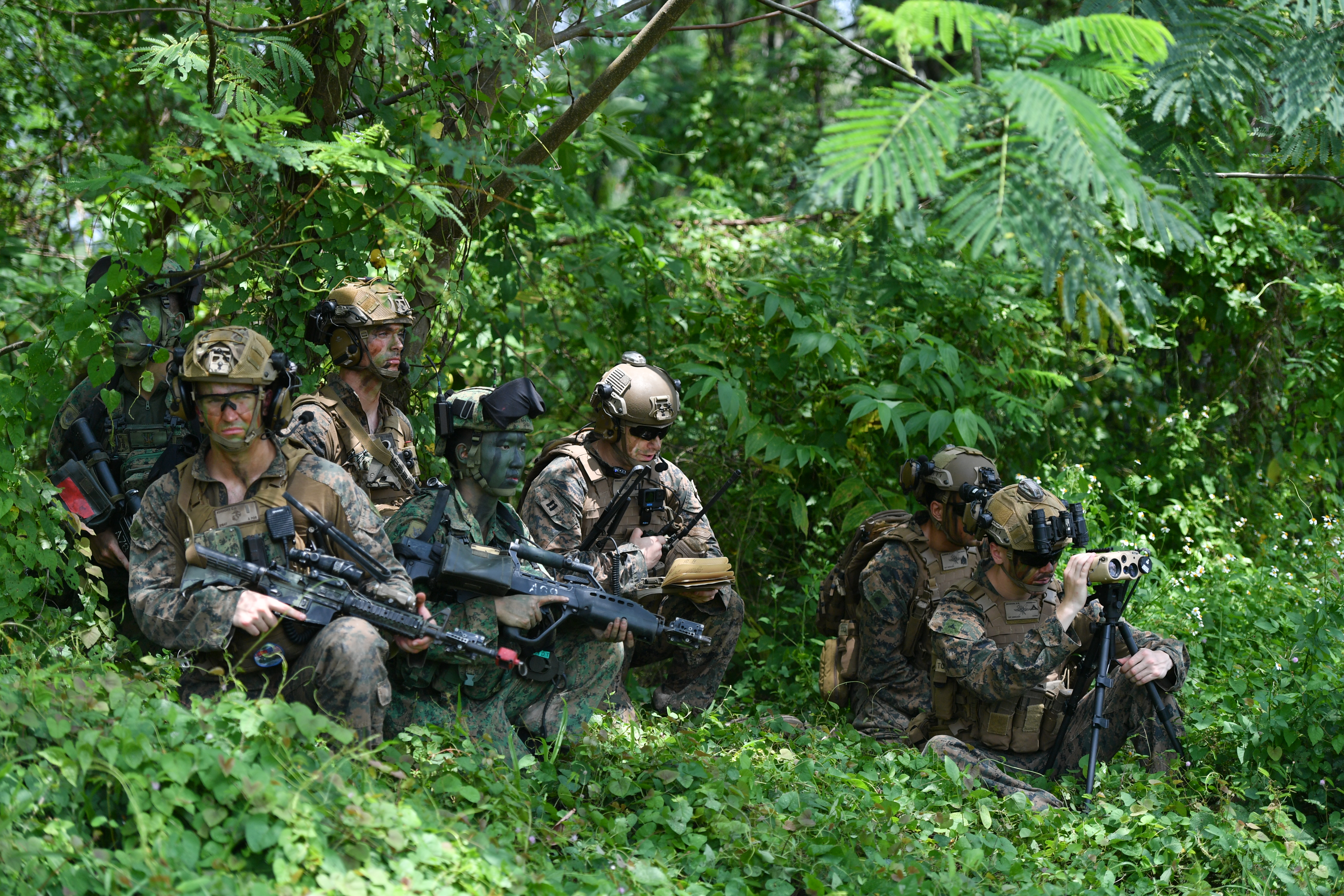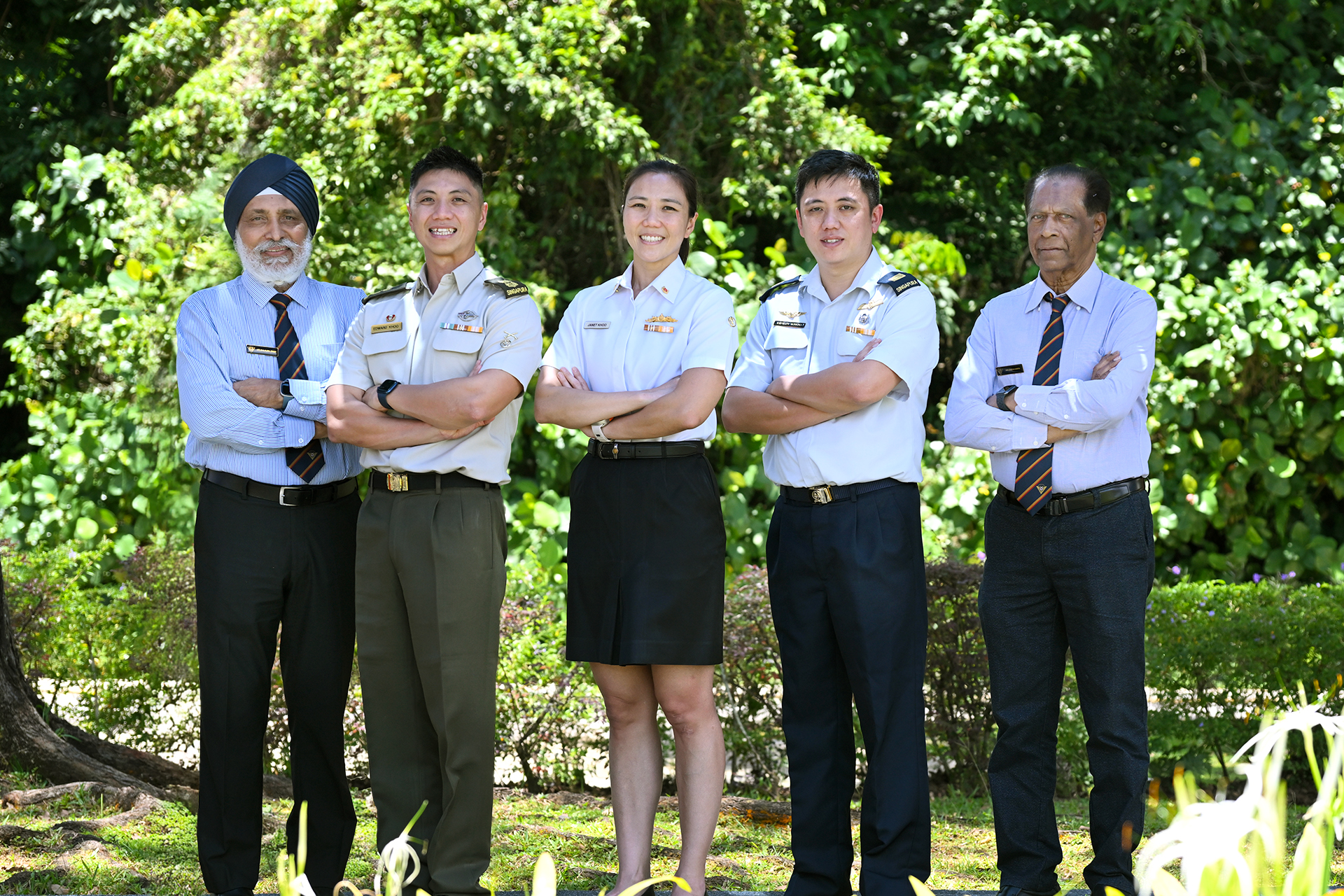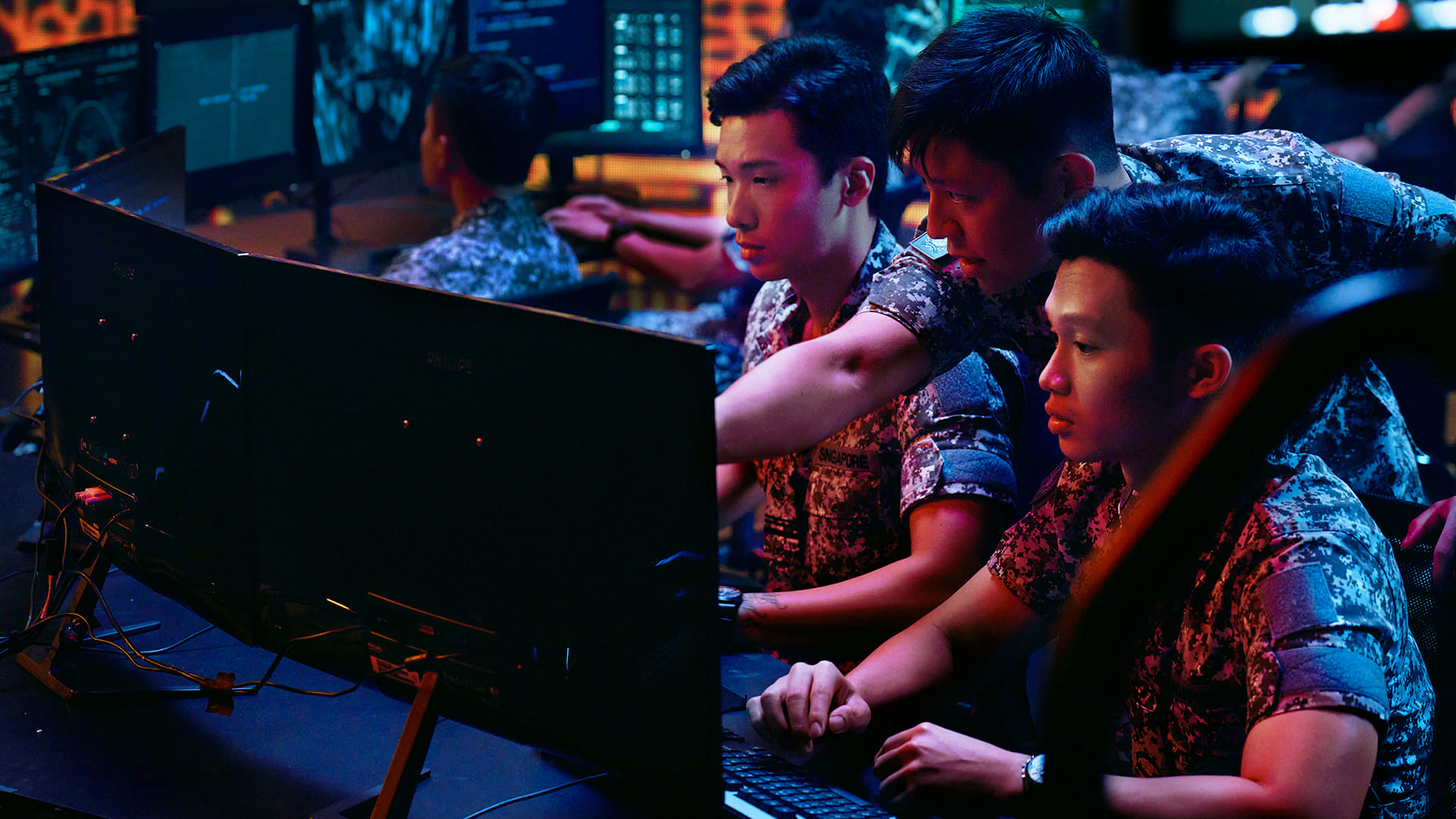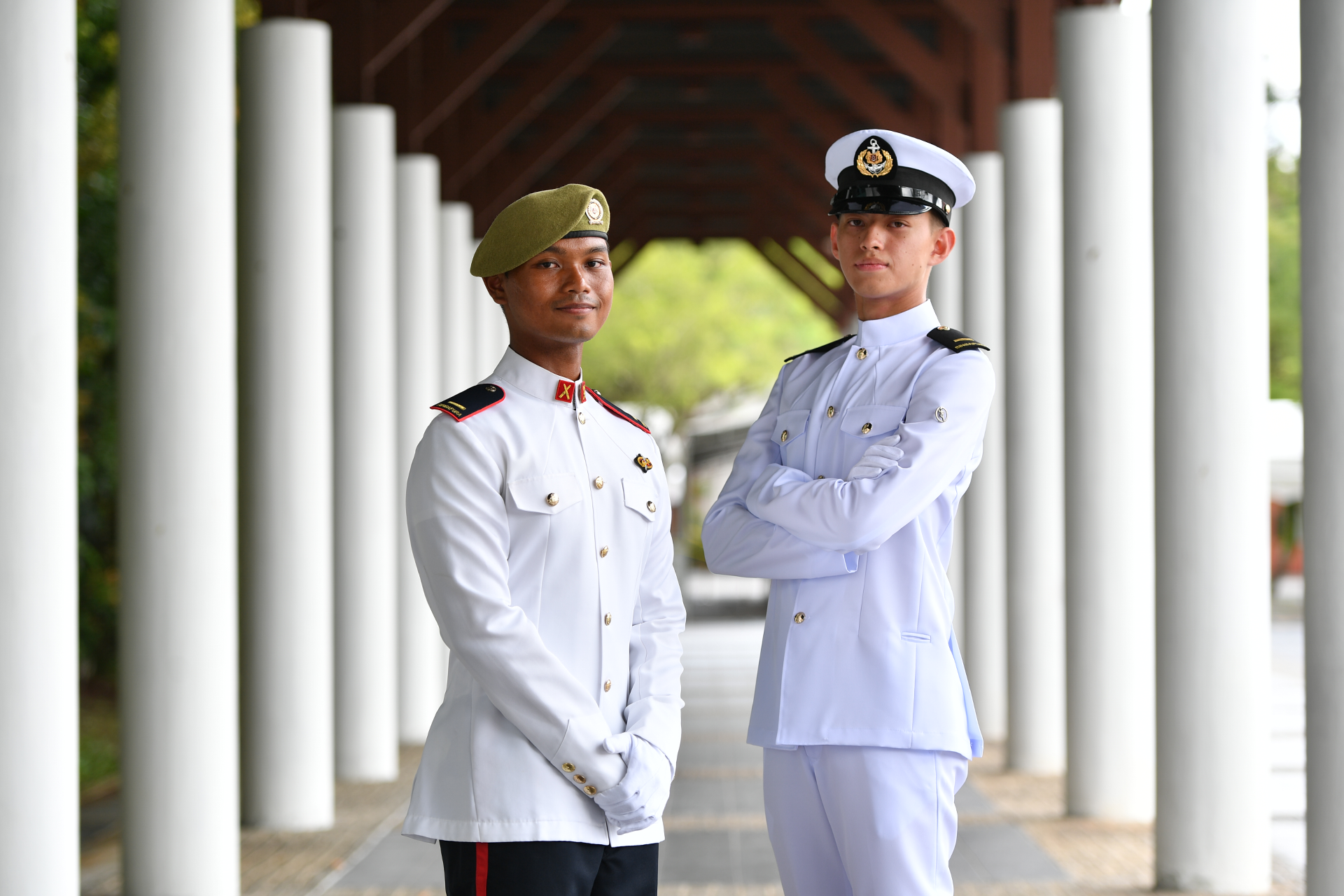BETTER TRAINING REALISM WITH SAF'S NEW MEDICAL SIMULATION FACILITY
PHOTO // Chua Soon Lye
A soldier lies injured at the front line. He is losing blood fast and his vital signs are flagging. As the battle continues in the background, combat medics swoop in and begin to administer emergency aid, applying a tourniquet to stem the flow of blood and specialised bandages to quickly dress his wounds. Within minutes, the injured soldier is ready for evacuation to the nearest field hospital for further treatment and a life is saved.
This is just one of the training scenarios which can be played out in the Medical Simulation Training Centre (MSTC) at the Singapore Armed Forces (SAF) Medical Training Institute (SMTI).
Launched by Minister for Defence Dr Ng Eng Hen on 24 Aug, the new 450-square metre facility faithfully replicates a combat environment, the Emergency Resuscitation Facilities found in SAF Medical Centres, as well as the interior of an operating theatre of a Field Combat Support Hospital (CSH). It can also be reconfigured to create other training scenarios.
The attention to detail extends to the "patients" which trainees will use to practice their skills. The MSTC is equipped with 20 units of advanced medical mannequins, called High-fidelity Human Patient Simulators (HFHPS), which are able to exhibit physical signs such as pulse, breath and perspiration. More delicate clinical signs such as eye pupillary reaction and bluing of the lips (due to a lack of oxygen in the body) also feature on the HFHPS. Wirelessly controlled and mobile, the HFHPS allows training to be conducted outside of the classroom.
While in the MSTC, trainees are constantly monitored via multiple overhead video cameras which can pan, tilt and zoom to capture their every move. The videos can be streamed "live" to other trainees in the adjacent room so that they can observe and learn from the proceedings.
The MSTC reflects the SAF's commitment to "utilise all available expertise and technology to build a world-class medical system to support our soldiers through the toughest of training and operations", said Dr Ng at the ceremony.
According to senior medical professionals, simulation is an important tool to better train both medics and doctors. "By working in a simulator setting, you can set when and what kind of lessons you want to impart. It is more focused and training objectives come across more clearly," said Lieutenant Colonel (LTC) (NS) (Dr) Philip Iau. He is Officer Commanding, Surgical Company, 1st CSH and Senior Consultant from the Division of General Surgery at the National University Hospital.
Associate Professor Eillyne Seow, Chairperson of the SAF Emergency Medicine Specialist Advisory Board and Senior Consultant in Department of Emergency Medicine at the Tan Tock Seng Hospital, added: "The beauty of the MSTC is that it allows the trainees to apply everything they have learnt in a realistic scenario... This gives them the extra edge when they encounter the real thing."
As someone who has benefited from the MSTC, Specialist Cadet (SCT) Jamalludin Bin Mohd Dahlan said: "Training in the MSTC has made me more confident in my skills. It trains us to make the right decisions under the stress of field conditions." A Full-time National Serviceman (NSF), he is training to become a medic at SMTI.
The MSTC will be used for training new medical personnel during courses conducted by SMTI, such as the Emergency Medical Technician and Specialist courses. It will also be used to train Medical Officers to better operate in military and field medicine disciplines. Existing Operationally Ready National Servicemen (NSmen) who are medics and doctors will also benefit from the MSTC and HFHPS when they return for training.
At the ceremony, Dr Ng also announced the ongoing review of the SAF's medical support system to provide better care for NSmen. Under the review, the SAF Medical Corps is exploring the deployment of more experienced doctors, together with NSF doctors, to provide better medical care in SAF camps and training institutions.
The review also aims to find ways to enhance the SAF's emergency medical support system by working with external Emergency Medicine Departments such as those residing in the local hospitals.
Said Dr Ng: "We recognise that the medical personnel in hospitals have more experience as they see larger numbers of patients. The SAF Medical Corps is therefore exploring ways to further tap on their expertise to help the SAF."
